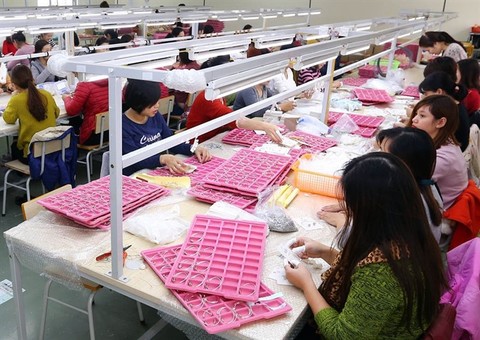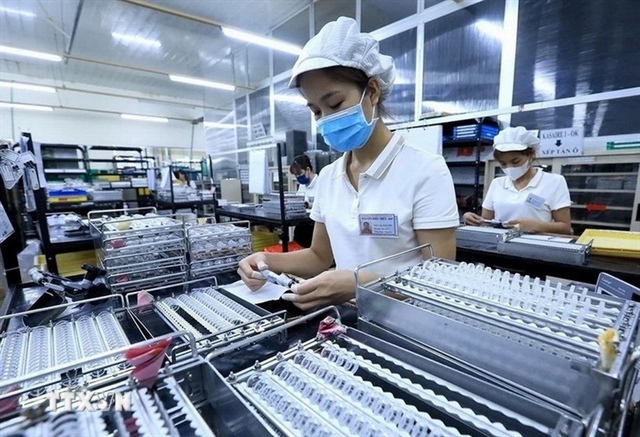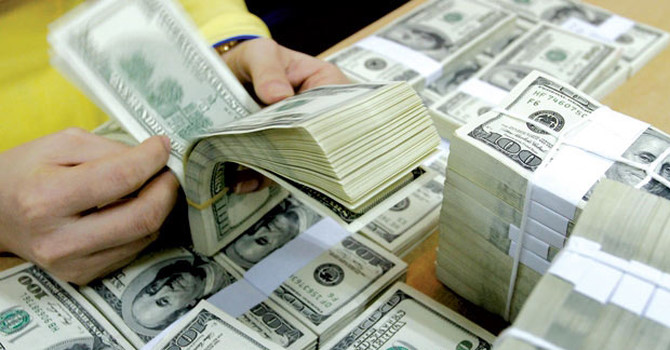Foreign investment falls by 36.8% in January
Foreign investment falls by 36.8% in January
Some US$899.4 million in foreign direct investment (FDI) was poured into Viet Nam in January 1-20, representing a year-on-year decrease of 36.8 per cent.

This was stated by the General Statistics Office (GSO) under the Ministry of Planning and Investment (MoF).
Of the total FDI, $442.6 million was put into 166 new projects, reducing by 5.1 per cent and 64.4 per cent in terms of the number of projects and registered capital, respectively, during the same period last year.
Another $456.8 million (up 155 per cent) was poured into 61 operational projects that required additional investment capital in January.
Foreign investors also poured $356 million into capital contribution and share purchase projects.
As of January 20, FDI projects disbursed $1.05 million, 10 per cent higher than the same period last year.
GSO said FDI was concentrated mostly in the processing and manufacturing industry with $330 million, accounting for 74 per cent of the total investment. Electricity production and distribution came second with $60 million (13.5 per cent).
Foreign businesses provided capital to 24 provinces and cities nationwide in January.
HCM City took the lead in FDI attraction with $86.2 million, accounting for 19.5 per cent. It was followed by Nam Dinh Province at $80.2 million and Ninh Thuan at $60 million.
With $147.7 million, Singapore was the largest investor among the 23 countries and territories investing in Viet Nam, making up 33.4 per cent of total FDI, followed by South Korea, which invested $70.4 million, or 15.9 per cent of total FDI, and Norway with $70.1 million.
Viet Nam urged to take opportunities from FDI
FDI has been identified as an important resource for Viet Nam’s socio-economic development. But the country has not fully taken advantages of opportunities from integration.
Vu Tien Loc, chairman of Viet Nam Chamber of Commerce and Industry, said the FDI scale in the economy had been relatively big but added little value as most of the material and spare parts for production of FDI firms were imported.
The number of research and development centres in Viet Nam is limited while the rate of localisation is still low.
Loc said the solution to shorten the gap between domestic firms and foreign investors was to improve the quality of FDI inflows to take advantage of the fourth Industrial Revolution.
Prof Nguyen Mai, chairman of Viet Nam’s Association of Foreign Invested Enterprises, said Viet Nam should have researches and evaluations on FDI to have suitable policies in place while promoting the association between local and foreign businesses.
Do Nhat Hoang, Director of MoF’s Foreign Investment Agency, said FDI attraction in future would focus on production activities that created high-added value or gave priority to hi-tech industrial projects. FDI attraction should be suitable with each sector and region in terms of economic conditions, geography and human resources to help local firms join in the global supply chain, he said.
“We cannot constrain the development of foreign companies but can closely connect with local enterprises to participate in the global value chain and achieve strong growth. This will be a resource for the economy’s rapid and sustainable development,” Hoang said.





















